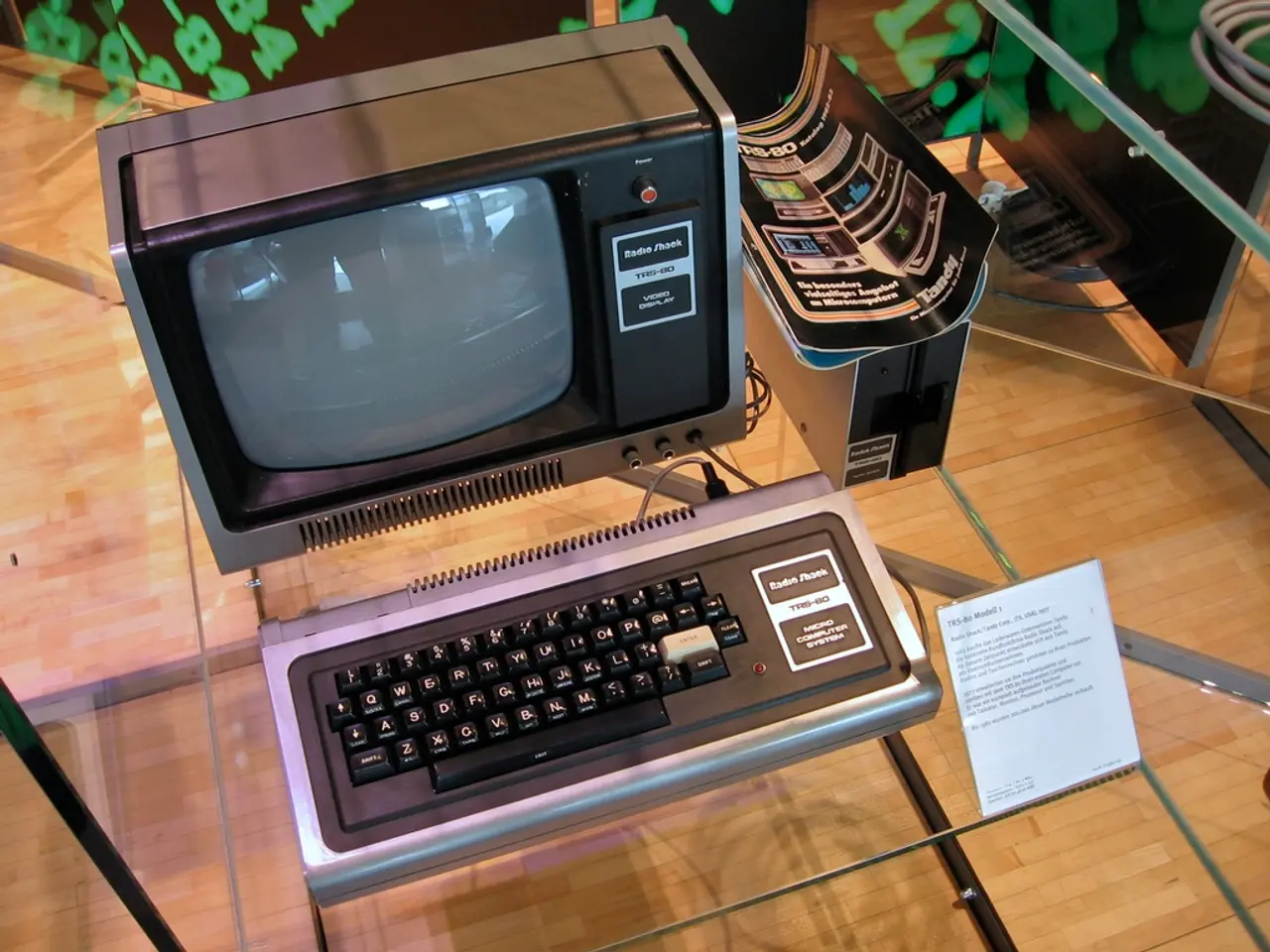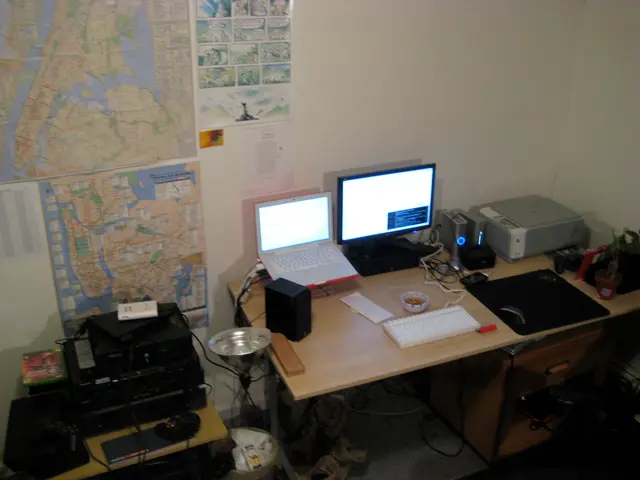Intel CEO Pat Gelsinger is stepping down from his position
In a significant shift for tech giant Intel, Pat Gelsinger has stepped down as CEO, effective December 2024. Gelsinger's tenure was marked by ambitious turnaround efforts, but the company's board expressed dissatisfaction with the slow progress of his strategy.
During Gelsinger's leadership since 2021, Intel lost more than half its market value, suffered a $16.6 billion loss, and saw its share price drop by around 60%. The board presented Gelsinger with an ultimatum to step down or be removed, signalling their disappointment in the pace of revitalization efforts and the continuing struggles to compete effectively with rivals like AMD, Nvidia, TSMC, and Samsung.
Gelsinger had spearheaded the IDM 2.0 strategy, aiming to combine Intel's own foundry services with outsourcing chip production. However, this strategy did not deliver the expected results quickly enough. He expressed regret at not being allowed to finish executing his plans.
Since Gelsinger's departure, Intel has faced major challenges. David Zinsner and Michelle 'MJ' Johnston Holthaus have been named as interim co-chief executives. Intel announced plans to reduce its workforce by 15%, equivalent to around 15,000 roles, in August 2024. The company is grappling with a bloated and rigid organizational culture, missing out on major technology revolutions like smartphones, automotive, and artificial intelligence sectors.
Under Gelsinger, Intel spun off the Intel Foundry unit as a subsidiary to streamline operations. Gelsinger held several roles at Intel, including becoming its inaugural chief technology officer. He joined Intel as a quality control technician in 1979.
Frank Yeary, independent chair of the Intel board, will serve as interim executive chair during the recruitment process for a new CEO. The company has made "significant progress" in regaining competitiveness in the industry but there is still "much more work to do" moving forward.
[1] [Source 1] [2] [Source 2] [3] [Source 3] [4] [Source 4]
- Despite Intel's struggles in business and technology, the company ongoing efforts in cybersecurity aim to enhance the infrastructure's security, ensuring smooth operations as they recruit a new CEO.
- The finance department will need to carefully assess the impact of Intel's workforce reduction on its financial performance and long-term growth prospects.
- As Intel navigates through this critical time of transition and reorganization, many in the industry are closely monitoring the company's progress in staying competitive, particularly as rivals make advancements in areas like smartphones and artificial intelligence.




